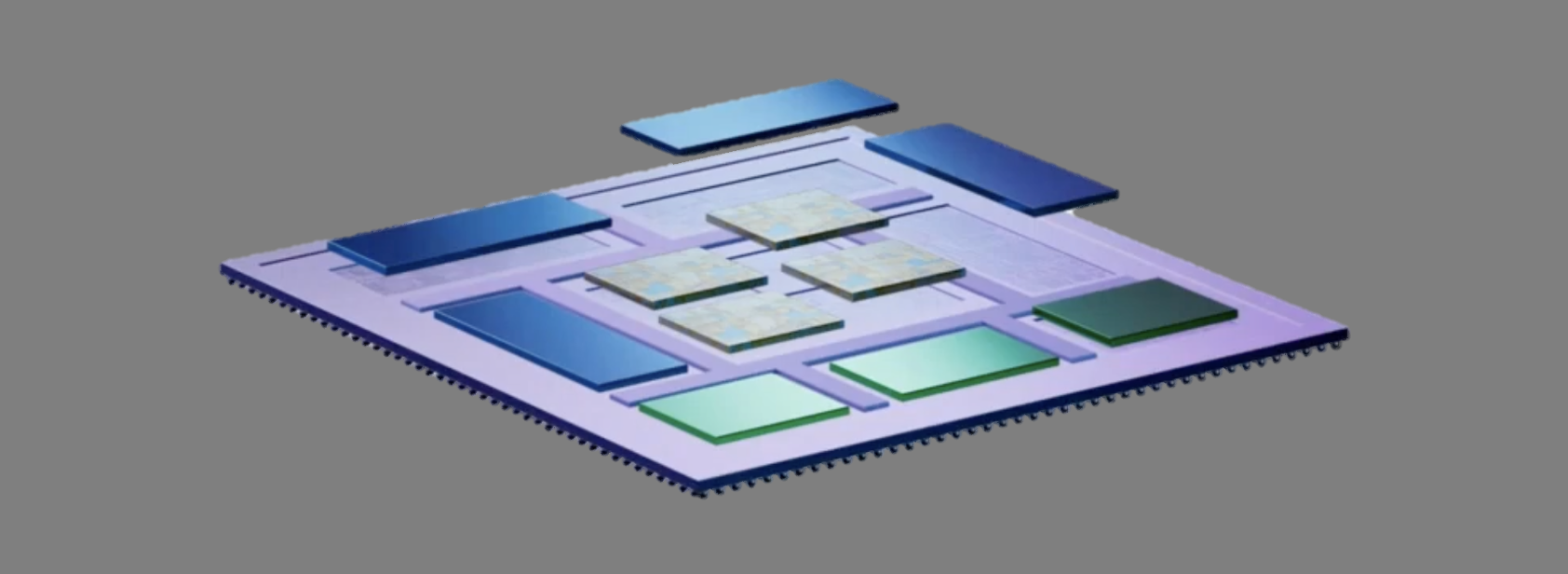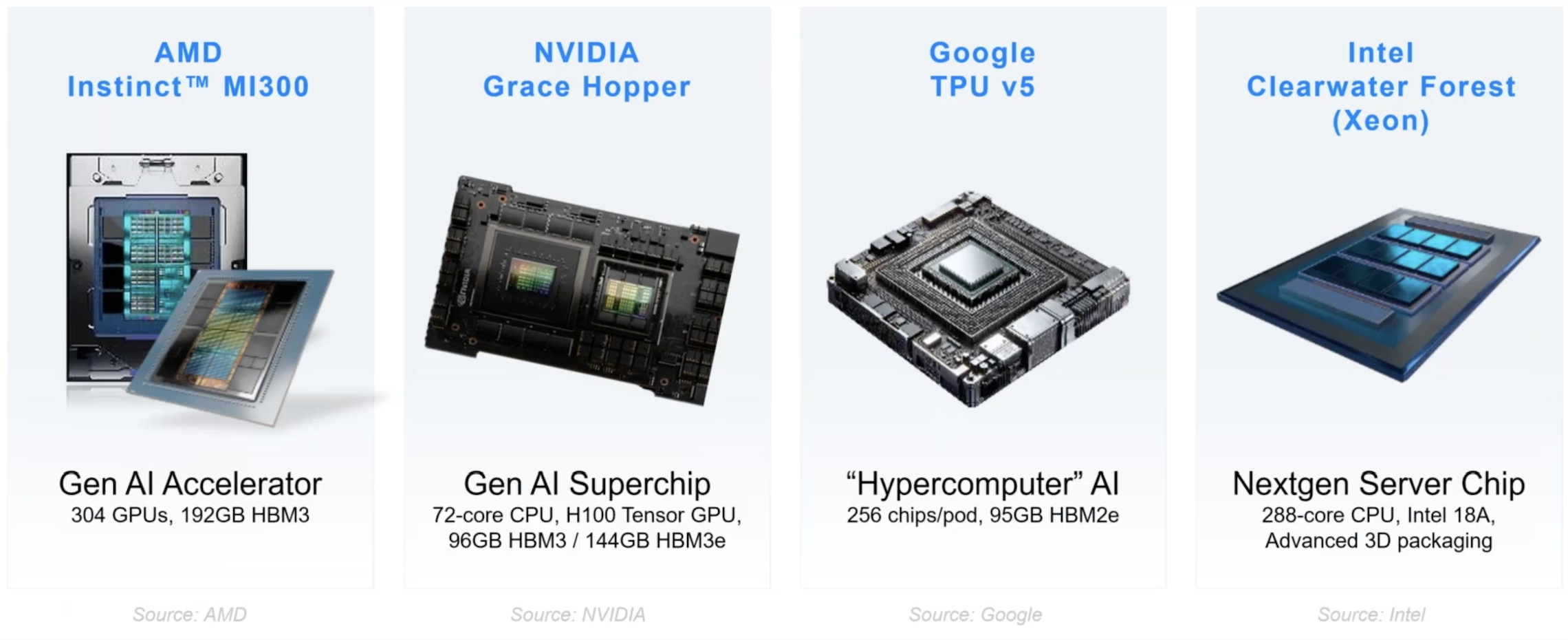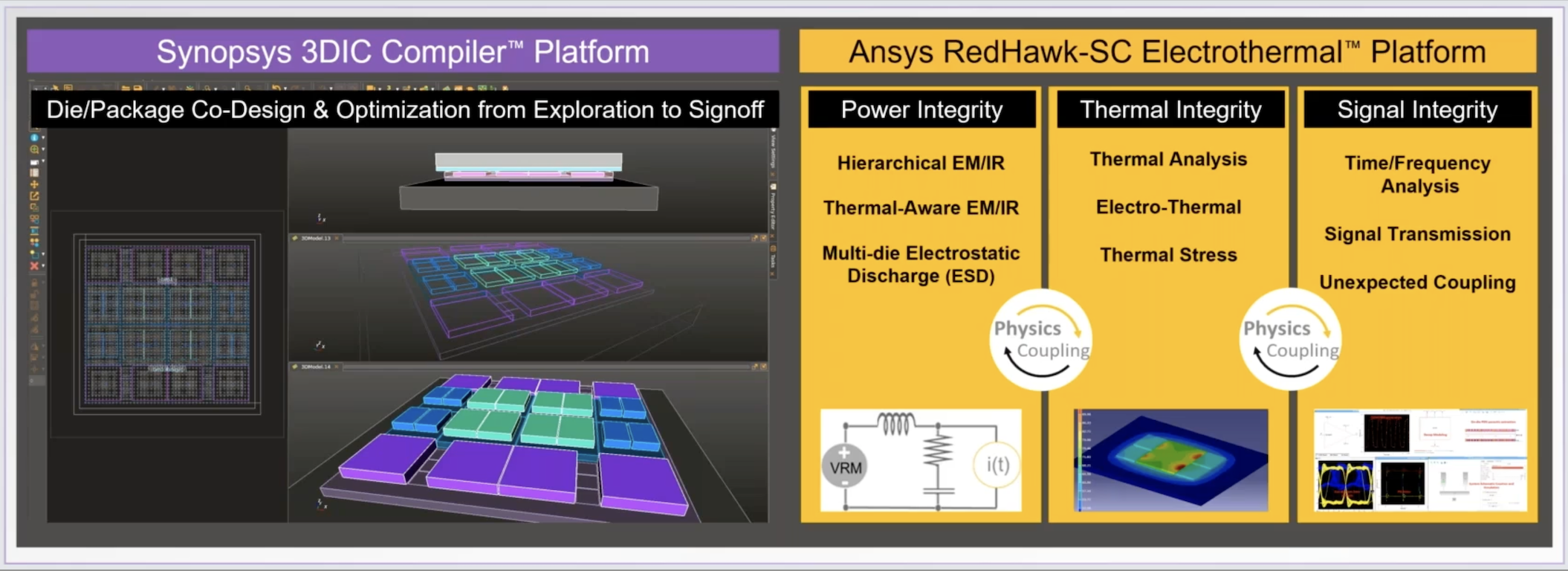
2.5D and 3D multi-die design is rapidly moving into the mainstream for many applications. HPC, GPU, mobile, and AI/ML are application areas that have seen real benefits. The concept of “mix/match” for chips and chiplets to form a complex system sounds deceptively simple. In fact, the implementation and analysis techniques required to achieve success are substantial.
For many years, Synopsys and Ansys have been creating design flows that escort design teams through early exploration, implementation, and final signoff. The two companies are deeply engaged with many customers on advanced multi-die projects and have helped bring many successful designs to market. Synopsys and Ansys recently teamed up to present a webinar on the latest technology for multi-die design. The result is nothing short of a master class. Let’s explore the latest advances in multi-die design.
The Presenters
The effectiveness of a webinar is heavily influenced by the capabilities of the presenters. A slick polished and shallow presentation may entertain you, but you won’t learn much. A very detailed, but scattered presentation may deliver a lot of information but it’s often hard to find it amidst the noise. The presenters for this webinar delivered a perfect blend of professional polish and deep technical knowledge. The event runs for 45 minutes, but it will seem more like 20 minutes given how engaging both speakers are. The presenters for this webinar are:

Marc Swinnen, Product Marketing Director for semiconductor products at Ansys. Before joining Ansys, Marc was Director of Product Marketing at Cadence Design Systems and has worked in Marketing and Technical Support positions at Synopsys, Azuro, and Sequence Design, where he gained experience with a wide array of digital and analog design tools.

Keith Lanier, Product Management Director at Synopsys. Keith focuses on multi-die and 3D heterogeneous integration (3DHI) solutions involving the latest advanced packaging technology. He brings over 30 years of experience in custom design, analog/mixed signal (AMS) and RF/mmWave product experience, including 8 years designing high speed data converters and amplifiers at Analog Devices.
A link to the webinar replay is coming. I highly recommend you watch it if 2.5/3D is in your future. First, let’s look at the structure of the webinar and a few key takeaways.
The Topics Covered
Here is the agenda for the webinar:
- Multi-Die Design Motivation, Adoption, and Challenges
- Combined Synopsys-Ansys Solutions for Implementation and System Analysis
- Multi-Die Design Implementation
- System Analysis
- Power Integrity: Electromigration / IR Drop
- Thermal integrity: Multi-Die Design
- Signal Integrity: High Frequency Electromagnetic Analysis
- Golden Sign-off Analysis
- Customer Successes
- Summary
This is a lot to cover, but Marc and Keith do a great job covering it all in under 30 minutes. What follows is about 15 minutes of Q&A from the webinar audience. The questions are deep and insightful, and the responses are concise and on-point. You will learn a lot.
Some Takeaways
Some macro-trend motivations for multi-die design are worth repeating. Here are the ones mentioned in the webinar:
- Accelerated scaling of system functionality at a cost-effective price (>2X reticle limits)
- Reduced risk & time-to-market by re-using proven designs/die
- Lower system power while increasing throughput (up to 30%)
- Rapid creation of new product variants for flexible portfolio management
The size, projected growth and application footprint for this design style are also covered. The numbers and scope will surprise you. Some recent examples of completed multi-die designs were covered. Some of these details surprised me. Below are the results presented during the webinar.

What followed was a deep dive into the combined Synopsys-Ansys implementation, analysis and optimization techniques used by both companies to deliver a production, unified flow. A lot of the webinar goes into the details of the complete exploration to signoff flow for multi-die designs, how to use the flow with the multi-physics models and how the tools work together. Case studies are also provided to show application on real designs. Below is a high-level overview of what was covered.

Real customer success stories are then presented. This really crystallized for me how advanced this flow is and what kind of impact is being achieved. You need to see the results for yourself, but here are the projects covered:
- Sanechips Builds Comprehensive Ansys Thermal Signoff Flow for Multi-Die Design
- GUC Leverages Synopsys 3DIC Compiler to Enable 2.5D/3D Multi-Die Designs
To Learn More
What I’ve covered here is a very small subset of the content of this important webinar. As I mentioned, if 2.5/3D design is in your future it’s a must-see event. You can access the webinar replay here. And that’s a master class with Ansys and Synopsys to explore the latest advances in multi-die design.
Share this post via:





Comments
One Reply to “A Master Class with Ansys and Synopsys, The Latest Advances in Multi-Die Design”
You must register or log in to view/post comments.